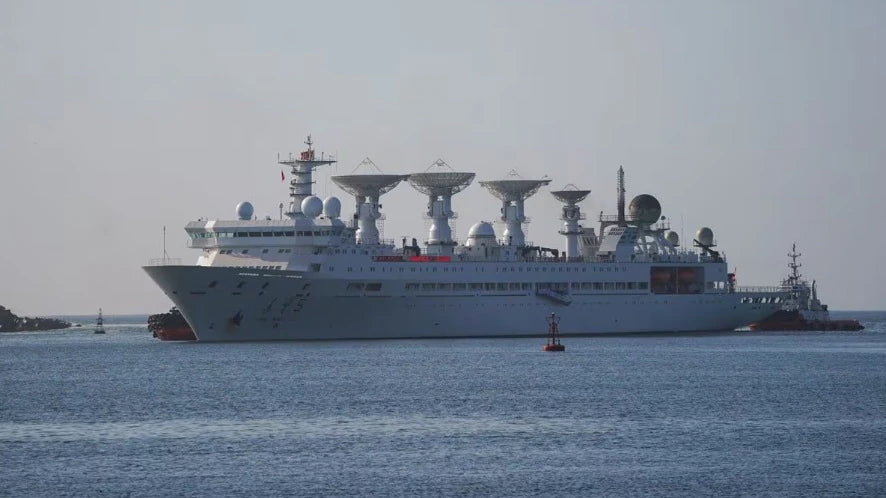Chinese Vessel Covertly Monitored in Bay of Bengal Raises Security Alarms

A Chinese research vessel has been discovered conducting covert operations in the Bay of Bengal, raising significant concern among maritime security experts. The vessel evaded detection by deactivating its Automatic Identification System (AIS), as reported by Unseenlabs, a French maritime intelligence company, following a 16-day satellite survey in the area.
Unseenlabs, which specializes in tracking ships through radio frequency emissions even when AIS signals are absent, found that almost 10% of the 1,897 vessels in the Bay of Bengal lacked AIS activity. The intentional AIS blackout by the Chinese vessel attracted attention due to its proximity to regions of recent Indian naval operations and its frequent presence in the Indian Ocean.
The company stated in its report, "While not broadcasting AIS, its RF signature was consistent and traceable, enabling our systems to monitor its movement over several days. We suspect that this prominent Chinese research vessel was likely operating with strategic intent."
The report suggests that the vessel's likely activities included seafloor mapping, acoustic environment analysis, and identifying submarine transit corridors. These capabilities are often linked to surveillance and anti-submarine warfare operations, prompting concerns about potential Chinese naval preparedness and intelligence gathering in the area.
Despite remaining in international waters approximately 120 nautical miles off India's eastern coast, the ship's proximity to military zones drew attention. The Indian Navy and Coast Guard have routinely observed similar activities, frequently reporting incursions by Chinese research and surveillance vessels in the Indian Ocean Region (IOR).
Security analysts suggest that the presence of such vessels is part of a broader Chinese strategy to increase its maritime influence in the IOR. With Chinese naval ships and submarines already active in the region, Indian defense planners expect Beijing may soon deploy aircraft carriers as part of its strategic maritime endeavors.
This incident highlights growing concerns over underwater surveillance, maritime domain awareness, and the strategic competition unfolding in the Indo-Pacific waters.



















